What is Ethical Wildlife and Animal Tourism? Here are some tips on how to tell whether something is unethical.
October is (Un)Ethical Animal Tourism Awareness Month, however, this is a matter that affects animals and travelers any time of year!
Hundreds of millions of people travel every year, and this number continues to grow as places are made more accessible to travelers.
Animal tourism experiences are often brought into travel plans because of the prospect of doing something unique and local to that area. Often, however, the ethical nature of these experiences is ambiguous, at best.
Whether you plan to see wildlife on your trip, an animal experience is incorporated into your tour, or you’re offered an opportunity to see animals, it is YOUR responsibility as a traveler to verify the ethical nature of your experience.
This is a heavy topic because sometimes we aren’t always aware that an experience is going to be less than ethical. The language used by those looking for tourism dollars is designed to draw us in and take the bait, with flowery words and promises of a better tomorrow.
I’ve been there, too, having cuddled a koala many years ago and visited an elephant sanctuary that turned out to be less than ethical. We make mistakes, but we can learn from them and take a more critical eye the next time we decide to embark on an animal adventure.
READ NEXT | How to Watch Wildlife Ethically
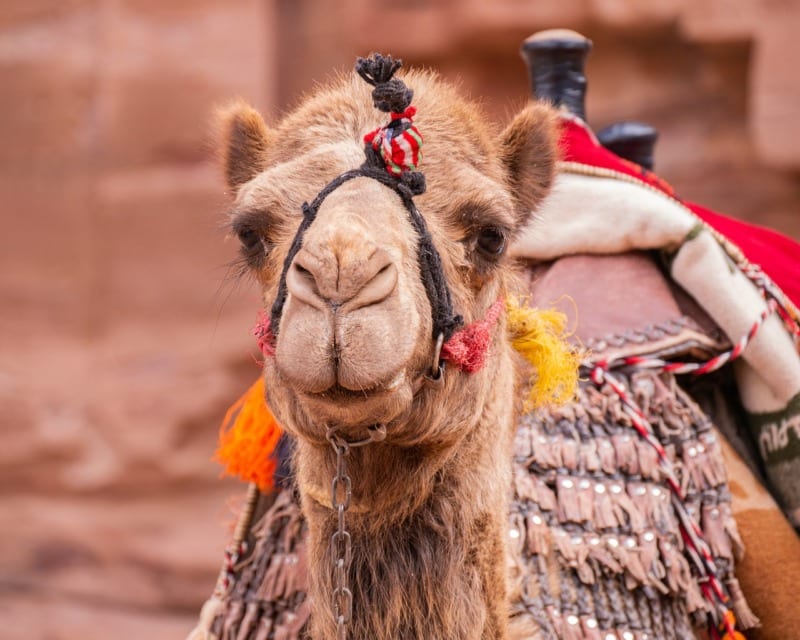
The adaptability of camels to dry, desert landscapes have made them invaluable to humans as a means of transport for millennia. However, camels used for tourist riding experiences often are chained up and treated poorly.
Why is animal tourism bad for animals?
In their study about wildlife tourism, a set of researchers through the Wildlife Conservation Research Unit found that tourists participating in such activities and giving money to institutions that allow unethical tourism are likely contributing to significant animal welfare abuse and declines in conservation status.
First, the kinds of institutions that use animals for attractions and monetary benefits often do not have the animal’s welfare at the forefront.
The conditions in which animals are kept or the manner in which they’re treated to subdue them to interact with people (despite their inherently wild nature) calls to question the ethics of the institution as a whole.
Next, wild animals used in animal tourism activities or experiences, if in captivity, may have been taken from the wild to facilitate that experience.
Further, in the wild, interactions with wild animals can have direct, negative impacts on an animal’s behavior and habitat. This impact can be detrimental to breeding periods, cause increased exposure to predators or animal competitors, and increased human-wildlife conflict within local communities.
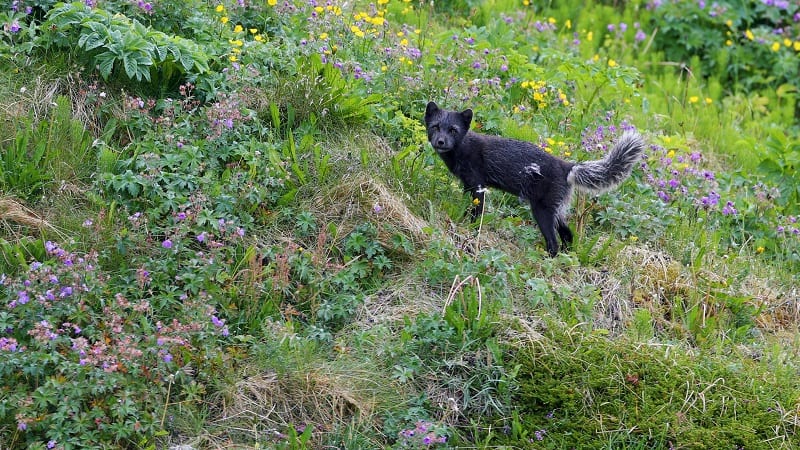
Baiting wild animals, or changing an animal’s behavior or natural habits to facilitate a tourist’s ability to see them, has direct negative impacts on the animal’s wellbeing. Photo by Nathan Rolls
How can you tell what’s unethical?
The trouble is that greenwashing terms such as “conservation,” “preservation,” and “welfare” are used both by institutions that implement ethical and unethical practices.
Parsing through these terms is a critical part of determining whether an experience will be ethical or not. Sometimes, however, even then it can be challenging to see the full picture of how an institution is run or the practices they implement.
There are certain indicators of an animal tourism experience that are near-dead giveaways for an interaction to be unethical
Attractions and activities that allow the following are not ethical in nature. Not only do they do more harm to the animals, but they also often contribute to ever-dwindling wild animal populations by taking animals out of the wild for the purposes of offering these opportunities to tourists.
- Holding
- Feeding
- Touching
- Swimming with
- Riding
- Selfies with
- Baiting
If an animal experience touts to be able to provide any of these opportunities to you, they aren’t ethical in nature and you should look elsewhere.
For instance, feeding and touching wild animals should only be conducted by trained professionals designated to work with the animals in question.
There may be a couple of exceptions to this, including farm animal sanctuaries, where feeding domesticated animals may be allowed.
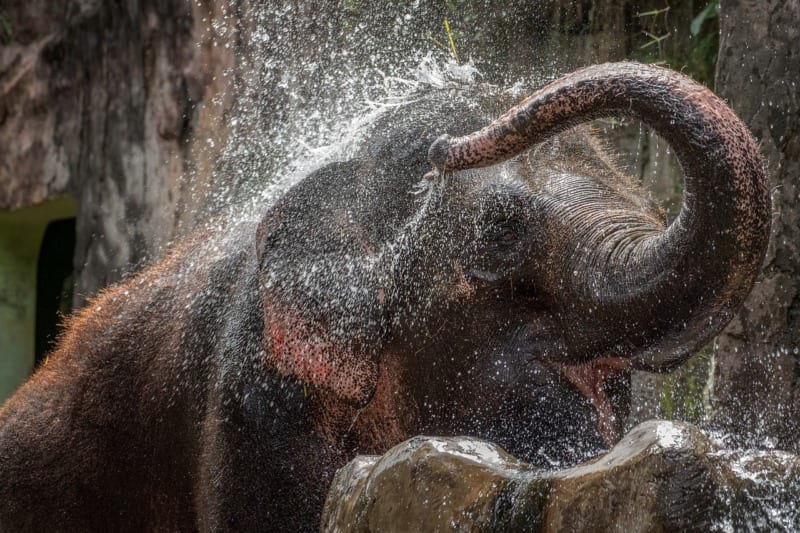
Elephant experiences are incredibly common in southeast Asia, however, there are only a few truly ethical elephant sanctuaries. Photo by Dikky Oesin
You can read more about these different experiences and how to pinpoint them through Responsible Tourism Towards Animals.
What other keywords can you look for?
According to this article from TripAdvisor and advised by the Wildlife Conservation Research Unit (WildCRU), there are four further things to look for when deciding on whether an animal tourism experience is ethical.
- “Captive breeding” programs require a further look into whether the animals are, in fact, being released back into the wild and conservation organizations or species-specific experts are being consulted on conservation efforts. Simply stating that money is going toward conservation efforts does not make it so.
- Vaguely identified future benefits of animals in captivity or exposure to humans, rather than concrete and actionable conservation or protection plans, are cause for question.
- Hard numbers and strong evidence of conservation and welfare practices can be easily obtained from those running an ethical program. Unethical institutions may still use words such as “conservation,” “preservation,” and “welfare,” but they won’t be able to show the numbers and data for those efforts.
- If an animal experience facilitates you to do any of the aforementioned activities with animals (i.e., direct interaction with wildlife) under the guise of education, they are not ethical. Only those who are trained and qualified to work with animals should be the ones in direct contact with them.
Further, inquire with the institution about their processes, procedures, partnerships, data, and finances. Aboveboard places will have no trouble sharing this information with you.
Take your research about any animal-related activity seriously.

Seeing animals naturally in the wild requires a lot of patience, and you should never go into a wildlife viewing experience with the expectation of seeing that wild animal. When you do see them in the wild, on their terms, it’s truly spectacular. Photo by Nathan Rolls
Ethical wildlife experiences mean a more fulfilled experience
Destination planning organizations including TripAdvisor and AirBnB now have strict filters on the kinds of wildlife opportunities you can see on their sites.
Those that are deemed unethical can no longer be seen or purchased through them, as their ethical nature cannot be verified. One such way TripAdvisor has done this is heavily reviewing animal tourism activities that have reviews of 80% satisfaction or less.
Even one review claim that “something didn’t feel right” or “the animals weren’t treated well” or “I wasn’t sure this was ethical” should be taken to heart.
As an alternative, consider looking into a wildlife volunteer experience during your trip, being careful to choose a reputable volunteer organization.
If given the choice between an ethical animal experience, where the wildlife are truly wild, properly cared for, or have the chance to positively contribute to real conservation efforts, wouldn’t you rather choose that?
Christa and Nathan
P.S., if you have questions about whether an experience is ethical or not, or how to tell if something is ethical in nature, feel free to reach out directly!
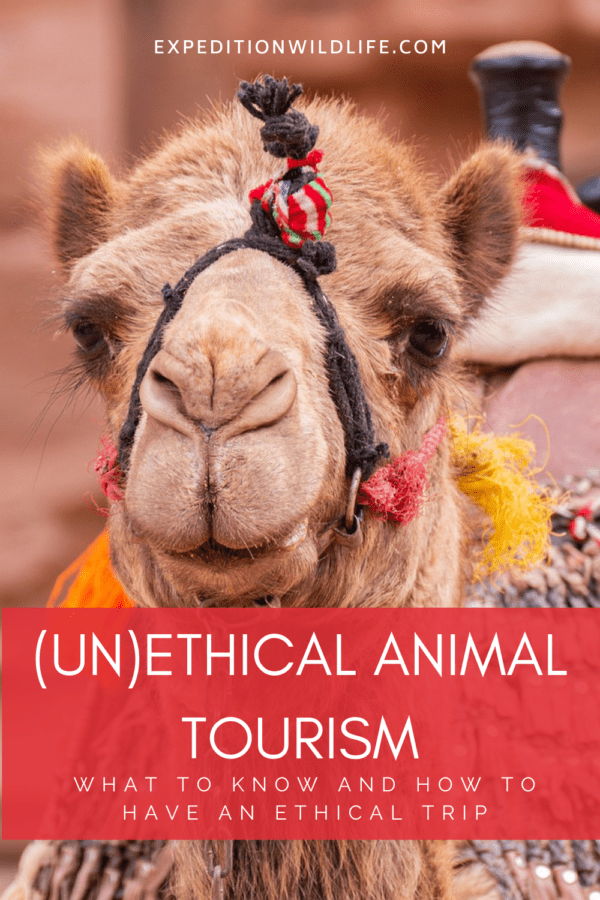

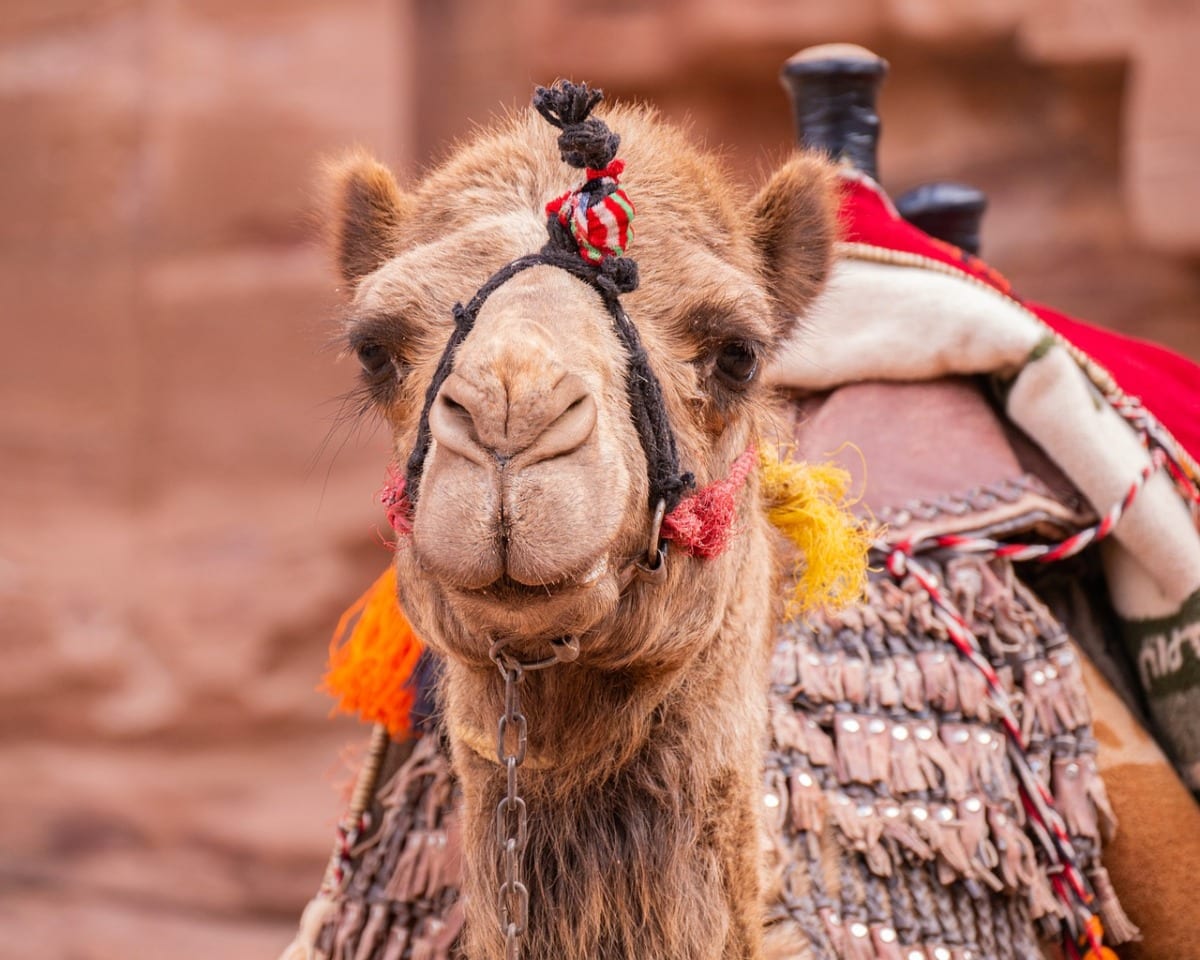
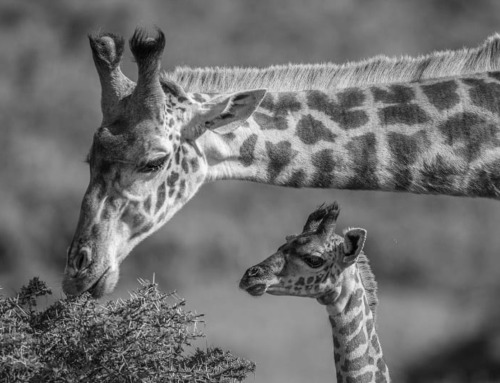
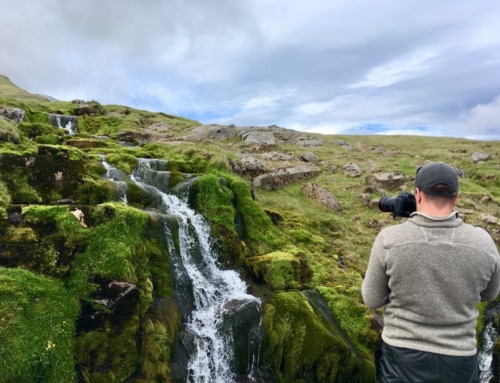
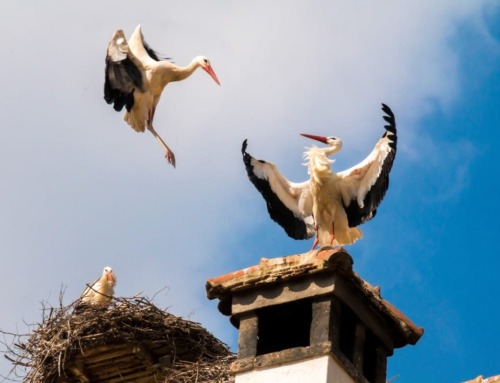
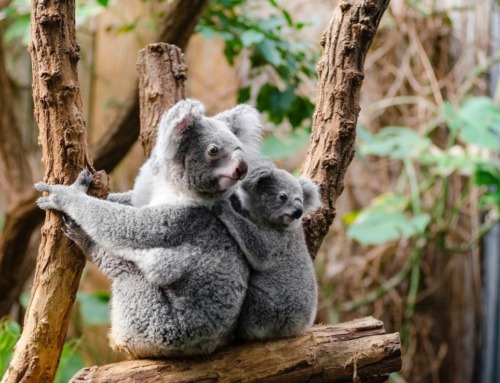

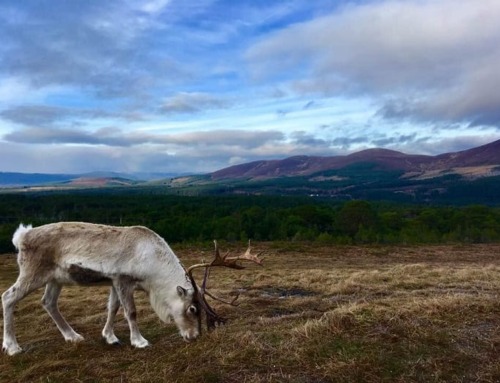
Leave A Comment